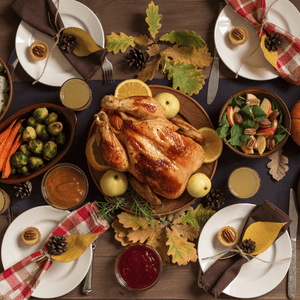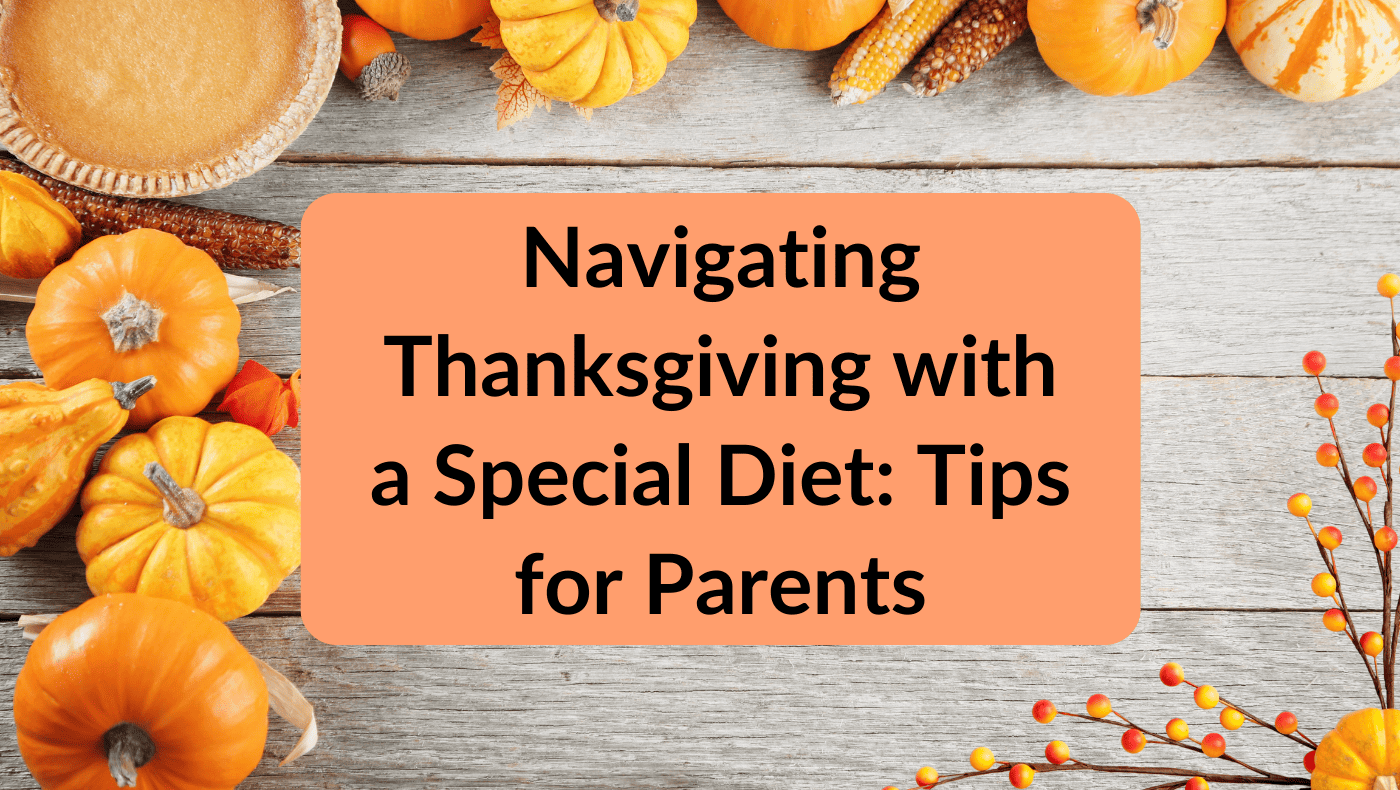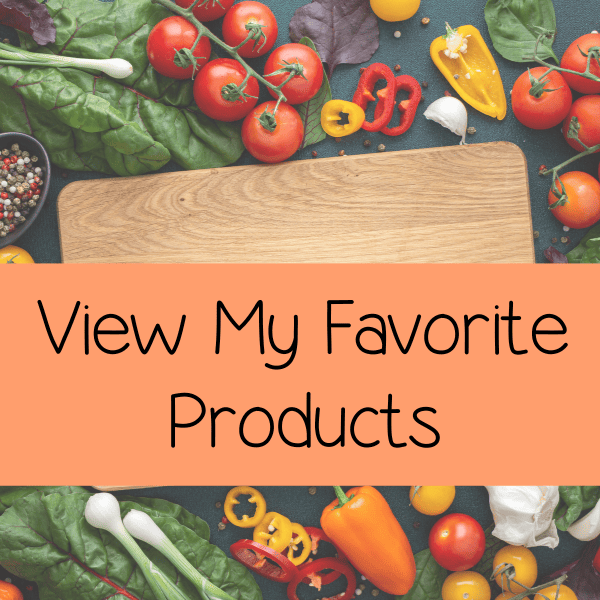Last updated on May 9th, 2024 at 07:33 am
Navigating Thanksgiving with a Special Diet: Tips for Parents
As the holiday season approaches, many of you are starting to plan your Thanksgiving celebrations.
In this post, I will share with you helpful tips on how to navigate Thanksgiving with a special diet.
For parents of children with special dietary needs, this time of year can bring added stress and challenges.
However, with some careful planning and preparation, it is possible to navigate Thanksgiving while accommodating your child’s dietary restrictions.
Special diets can range from those needed due to allergies, medical conditions, or lifestyle choices.
Most commonly, these include gluten-free, dairy-free, vegan, and low-sugar diets, among others.
During Thanksgiving, a holiday with indulgence in a variety of foods, accommodating these special diets can be a tough task for parents.
The challenge lies not just in ensuring the nutritional needs are met, but also in creating a festive atmosphere where the child feels included and can enjoy the holiday like their peers.
It’s important to remember that with some creativity and forethought, you can design a Thanksgiving experience that is as special and enjoyable as it is nutritional for your child with dietary restrictions.
Understanding Special Diets
Special diets are often imperative for children with certain allergies, or medical conditions, or for those following specific lifestyle choices.
Here are some common special diets:
- Gluten-Free: This diet excludes the protein gluten, found in grains such as wheat, barley, and rye. It’s essential for children with celiac disease or gluten intolerance.
- Dairy-Free: This diet excludes all dairy products. It is crucial for children who are lactose intolerant, sensitivity or allergic to dairy.
- Vegan: A vegan diet excludes all animal products. It is usually followed due to ethical, environmental, or health reasons.
Parents of children following special diets often face multiple challenges during the holiday season.
Firstly, traditional Thanksgiving foods may not align with some children’s dietary restrictions.
Secondly, ensuring your child does not feel left out of the festivities can be difficult.
Lastly, the task of explaining your child’s special dietary needs to family and friends can be daunting, leading to uncomfortable conversations and potential misunderstandings.
This further explains why being prepared is essential when it comes to special diets.
Pre-Thanksgiving Preparation
 When it comes to managing a special diet during Thanksgiving, planning ahead is paramount.
When it comes to managing a special diet during Thanksgiving, planning ahead is paramount.
Start by crafting a menu that includes suitable alternatives to the traditional dishes that your child can enjoy.
This may involve making two versions of certain dishes or finding creative ways to adapt recipes to fit your child’s dietary needs.
It’s important to also read labels carefully when shopping for ingredients.
Many packaged foods contain hidden allergens or animal by-products that aren’t obvious from the product name.
Communicating with family members and hosts about your child’s dietary needs is crucial for a smooth Thanksgiving celebration.
Open communication helps to manage expectations and prevent any accidental exposure to foods your child must avoid.
Here are some ways you can effectively communicate your child’s dietary needs:
- Be Upfront: As soon as you know you’ll be attending a family gathering, let the host know about your child’s dietary restrictions.
This gives them ample time to plan and prepare. - Offer to Bring Dishes: To ease the burden on the host, offer to bring a couple of dishes that your child can eat.
This ensures there’s something on the table for your child, and gives others a chance to sample special-diet-friendly food. - Educate with Empathy: Not everyone understands the seriousness of food allergies or sensitivities and that is okay but use this as an opportunity to educate your family members with sensitivity and empathy.
The key is to approach the situation with positivity and the understanding that most people are willing to help when they understand the situation.
Remember, the aim is to create a joyful and inclusive Thanksgiving experience for everyone, including your child.
Special Diet Thanksgiving Menu Ideas
Navigating Thanksgiving with a unique diet doesn’t mean you have to miss out on the holiday classics. 
Here are some kid-friendly Thanksgiving ideas that can be adapted to fit a variety of dietary restrictions:
• Turkey – This is easy to make and omit any problematic foods from the recipe to make it free of the top allergens
• Mashed potatoes – If your child can’t eat regular spuds, opt for mashed sweet potatoes or butternut squash instead.
• Stuffing – Make it gluten-free by using gluten-free bread, rice, or quinoa.
• Cranberry sauce – For an allergy-friendly alternative, try making cranberry chutney with apples and raisins.
• Veggies – Use fresh, organic veggies for a healthy side dish that’s rich in nutrients and flavor.
• Desserts – Try baking gluten-free and vegan cakes, cookies, pies, and other treats with almond or coconut milk for a dairy-free dessert.
• Salads – You can make a variety of salads that are both healthy and delicious. You can omit any foods that might be problematic.
Remember, it’s all about finding substitutes and making minor adjustments to traditional recipes.
With a little creativity, you can create a Thanksgiving menu that is inclusive, delicious, and caters to your child’s special dietary needs.
Creative and Allergy-Friendly Substitutes
 When creating a Thanksgiving menu for a special diet, the key is to find creative and allergy-friendly substitutes for traditional ingredients.
When creating a Thanksgiving menu for a special diet, the key is to find creative and allergy-friendly substitutes for traditional ingredients.
Here are some alternatives that can be used in standard Thanksgiving recipes:
- Dairy-Free Milk and Butter: Many dairy-free alternatives can replace regular milk and butter in recipes. Almond milk, coconut milk, and oat milk are all excellent alternatives that do not alter the taste significantly. For butter, opt for avocado or coconut oil.
- Gluten-Free Flour: Gluten-free flour, such as almond flour, coconut flour, or a gluten-free blend, can be used in baking recipes to create gluten-free versions of traditional Thanksgiving desserts and bread.
- Vegan Cheese and Cream: Vegan cheese and cream can be used in recipes that call for dairy products. These are often made from nuts, soy, or root vegetables and come in a variety of flavors and textures.
- Egg Replacements: For egg-free diets, try using flaxseed meal mixed with water as a binder in baking recipes.
- Nut-Free Alternatives: For those with nut allergies, seeds like sunflower or pumpkin seeds can be a good alternative in recipes that call for nuts. You can also use seed butter like sunflower seed butter as a substitute for nut butter.
With these substitutes, you can convert many traditional Thanksgiving recipes into allergy-friendly versions.
For example, use dairy-free milk and butter to make creamy mashed potatoes without the dairy.
Use gluten-free bread or cornbread to create a stuffing that those with gluten intolerance can enjoy.
The most important thing is to ensure that the meal remains delicious and festive, despite any dietary restrictions.
Summary
Navigating Thanksgiving with a special diet need not be an overwhelming task. Instead, it can open up avenues for creativity, inclusivity, and a deeper appreciation of individual dietary needs. The key takeaways here for you are:
- Preparation is Essential: Always bring a few dishes that your child can eat, and feed them a small meal beforehand to prevent hunger-induced frustration.
- Communication is Important: Don’t hesitate to ask about the ingredients in the dishes prepared by others and teach your child to do the same.
- Foster Gratitude and Inclusivity: Make your child feel included by involving them in the cooking process and creating a gratitude-filled atmosphere at home.
- Use Available Resources: Utilize the host of cookbooks, blogs, apps, and support groups available to make your child’s dietary journey easier.
Remember, the goal is not just to navigate Thanksgiving with a special diet, but to create a memorable holiday experience that your child will cherish.
This Thanksgiving, let’s embrace our children’s unique dietary needs, fostering a sense of gratitude, inclusivity, and celebration for all at the table.
Additional Resource:





0 Comments